Buying Vacant Land Package for Barndominium
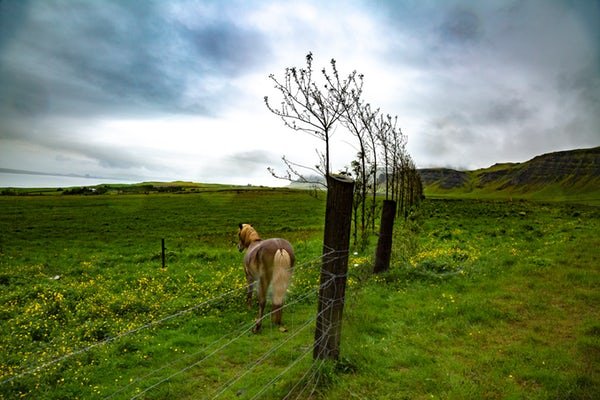
You would think that buying a land package for barndominium would be the logical best first step toward barndo ownership. But you might be surprised.
When buying vacant land, should you buy first and then plan your dream barn home? A recent survey shows that a full 37 percent of barndominium owners wish they had done more checking before buying. Obscure county regulations and unknown deed restrictions can quickly render your dream design unrealistic if you didn’t do your homework before buying your land.
When choosing vacant land for a barndominium, you want to ensure that it offers the space you need. The average size of a residential lot in the United States is 8,600 square feet, which is about 1/5 of an acre.
If you search in rural areas, you can often find much larger vacant lots. However, there are many other details that you need to think about other than size.
Use the following criteria to narrow your search and find the best vacant land for your barndominium.
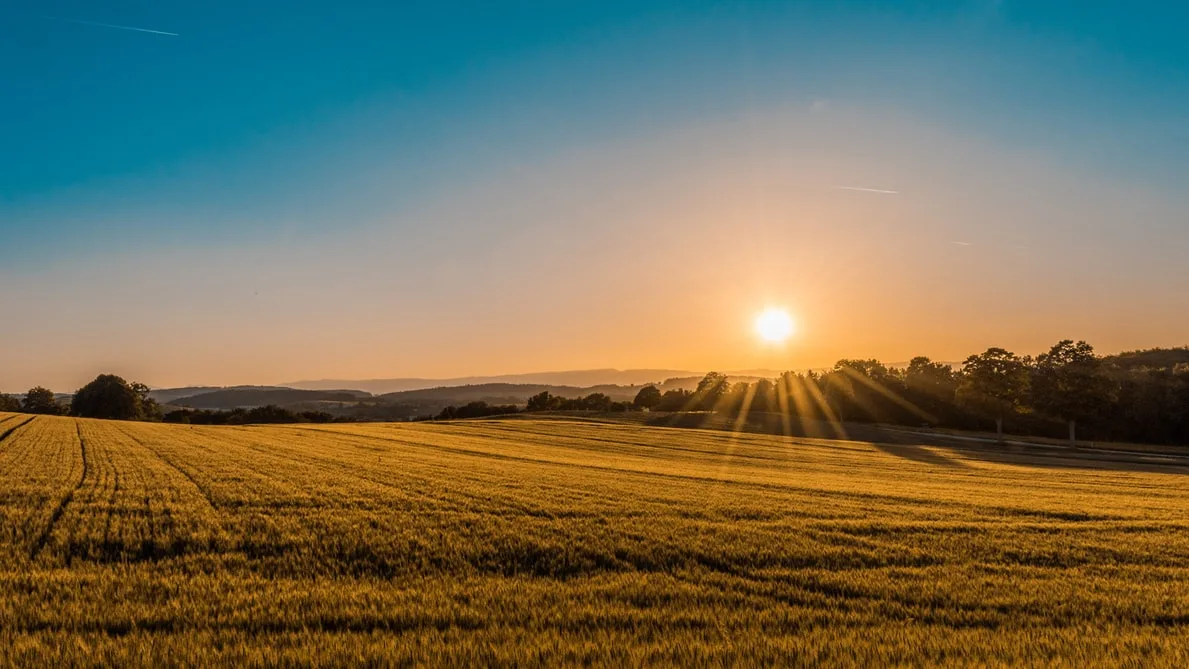
What do I need to know before buying land for my barndominium?
“As an experienced land investor, I’ve learned (sometimes the hard way) that there are a number of things that need to be evaluated before purchasing a parcel of vacant land.” says Seth Williams, writing in a post on retipster.com
There are several things to look for and then act on proactively, he says.

What you need to know before buying land for barndominium
Consider the Vacant Land Location
One of the first considerations is the location of the vacant land. You may want to limit your search to lots that are within a reasonable distance of your workplace.
Along with the convenience of the location, you may want to learn more about the area. Search online to research demographics, crime data, school districts, and nearby shopping and entertainment.
Access to Roads
When scouting locations for your barndominium, pay attention to road access. Buying a property in the middle of nowhere may give you more privacy. However, you may not want to drive down a 10-mile dirt road to reach your property.

Access to roads may also impact your ability to easily reach nearby public services, such as hospitals. Use an online map to review the surrounding roads and the distance to the places that you frequently visit, including work, school, friends, and family.
Keep in mind that a remote piece of land near a highway may make it easier to reach work or shopping destinations. However, a busy highway can also disrupt your sleep.
What is the zoning on the property?
Most lots are either zoned for residential or commercial use. Some pieces of land, especially in rural areas, are zoned for both residential and commercial use.
The main consideration is whether you can build a residential structure on the land. However, there are additional zoning regulations to consider, such as:
- Maximum and minimum house size
- Requirements for sheds and detached structures
- Property setbacks
Some areas may only allow homes of a certain size. You may also find restrictions on the size and placement of sheds, garages, and other detached structures.

While it is less common in rural areas, some locations may include specific property setback restrictions. The setback is the required distance from the front edge of the lot to the front of the property. If you want a long, winding driveway, you should double check the property setbacks.
“They may even give you some ideas that you hadn’t previously thought of. Once you understand the most ideal use of the property – you can quickly determine whether it will fit your needs (in your case, a prospective site for a barndominium.)”
Environmental Conditions
Depending on the region where you intend to build a barndominium, you may need to deal with the risk of natural hazards and other environmental conditions. Tornados, earthquakes, and hurricanes affect some areas more than others.
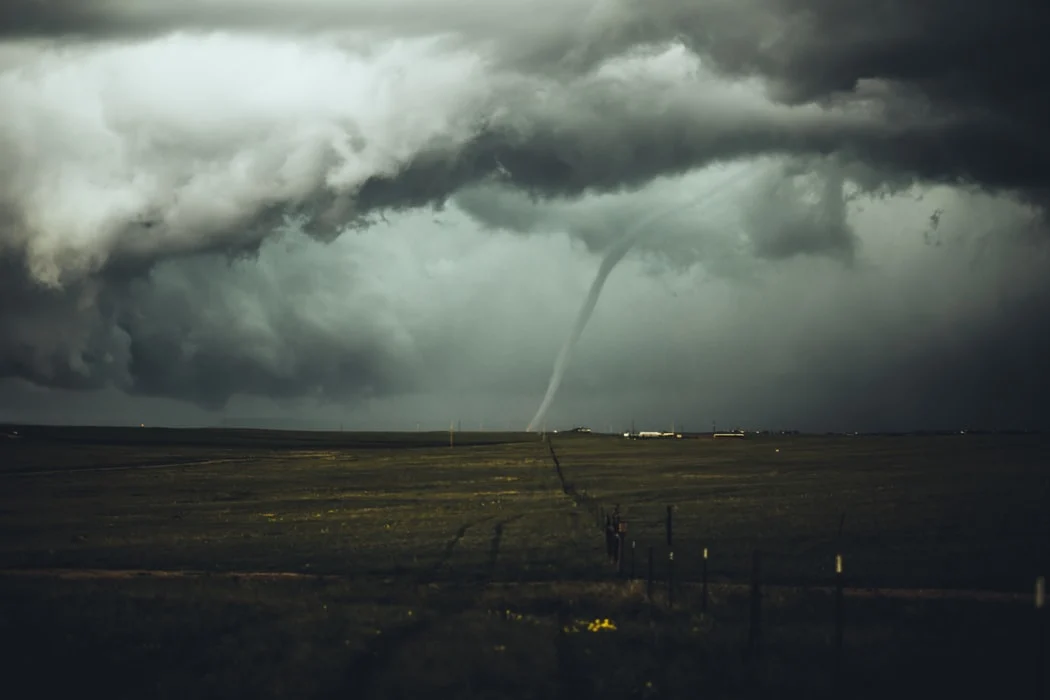
If you are not familiar with the region, search online for more information about the average weather conditions. Find out whether natural hazards are a common risk, as they may increase the cost of insurance for your barndominium.
What is the topography of the property?
Additional environmental conditions include the topography of the land and the soil makeup. The topography refers to the terrain and natural features, such as unpredictable elevations. If the vacant land that you find has incredibly uneven terrain, including ridges and small valleys, you may spend more on excavation.
The soil makeup determines if the ground can support a foundation and a structure. The stability of the soil depends on its physical properties. For example, clay texture is often more stable compared to sand.
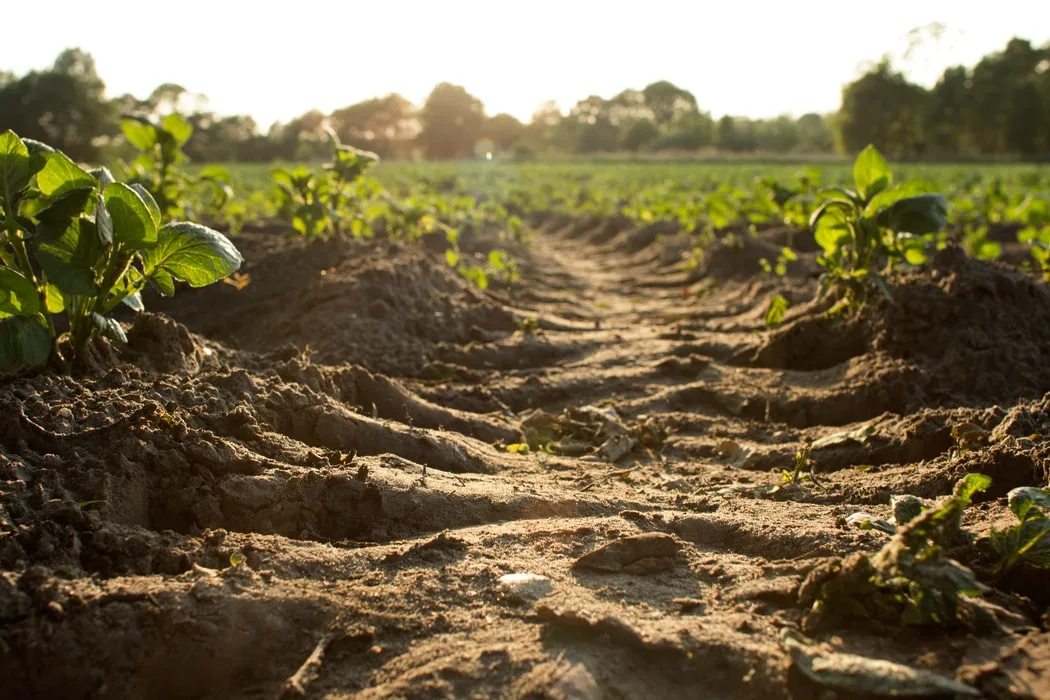
This information is vital, and will determine to a great degree the design features of your future barndominium.
In many cases, the topography of the land can be vital in determining, for example, whether you’re going to want a traditional, 40×60 barndo with continuous roof and a large shop area (which requires a fairly flat surface).
Or, would it be more appropriate to invest in the solid and adaptable rugged beauty of a post and beam structure?
There are some surprisingly effective tools at your disposal to help make this determination, Williams says.
And one of the most useful is the now-ubiquitous but still powerful Google Earth. He explains still further in this video:
Here are some other possible pitfalls of buying vacant land.
What is the annual tax obligation?
In most counties around the country, this won’t be a deal breaker. But remember – you won’t be taxed just on the size of your property.
The taxing authority will also determine as best it can how to wring tax revenue from your “property improvements.”
That would be your barndo.
Many current owners have simply refused to let the tax man (or woman) in the door of their otherwise utilitarian pole barn-looking (or warehouse-resembling) structure.
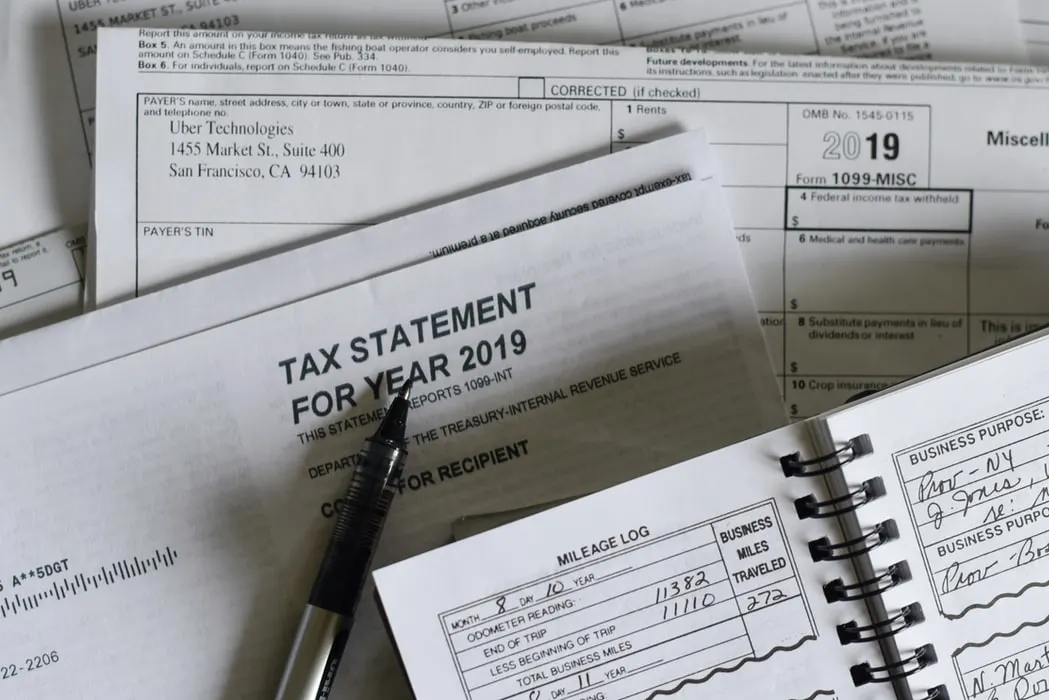
But others report that this will only work until he (or she) shows up with the sheriff’s deputy in tow. Then, being a holdout may go down hard with an already irritated tax person.
What public utilities are available (if any)?
Electricity is available almost everywhere. However, some areas may not offer access to other public utilities such as water, sewer, and gas.
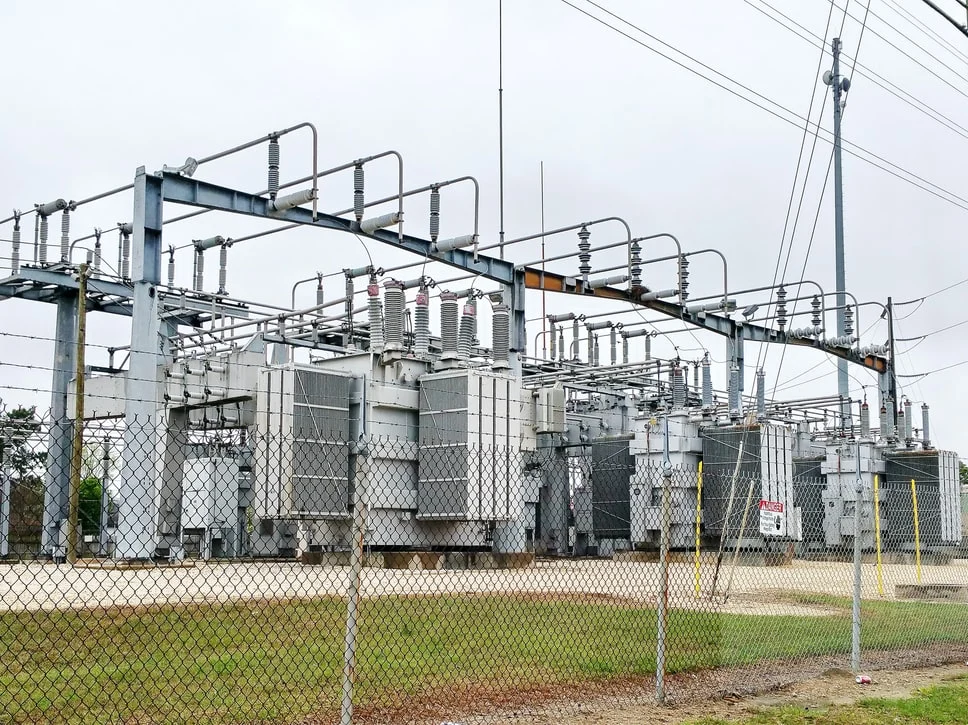
Rural properties may need septic tanks and wells in place of public sewage and water services. Propane tanks provide an alternative to gas services. While you can add private utilities, these steps increase the cost of building your barndominium.
Here, you must
- determine whether you’ll need to drill a water well,
- decide if you can hook into a local or rural sewer system or if you must install a septic field of your own,
- decide if you’ll be buying electricity from your local co-op or going completely off-grid (a more and more popular option.)
- debate (inter nally)bring in a large propane tank to provide hot water and possibly your heat during the winter
- and finally, see whether it even makes sense to install a land line in this age of cellular availability and convenience,
Mineral Rights
After you start narrowing your options, learn more about the rights of ownership on each piece of vacant land. Along with property rights, you need to review any mineral rights or easement rights.
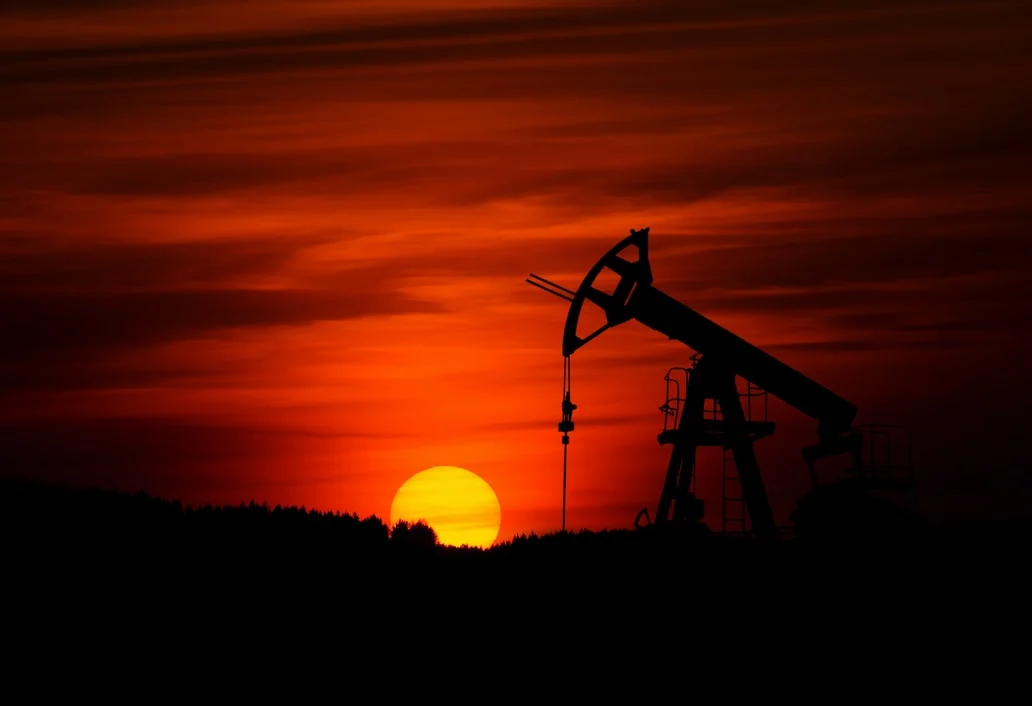
Mineral rights are the rights to underground resources, such as natural gas, silver, and oil. Any mineral rights that exist may be separate from property ownership. You can own a vacant lot without owning the minerals underneath.
For example, a past owner may have sold the mineral rights to another individual or a company. If you overlook this detail, you may wake up to find construction starting on an oil rig.
Easements
Easement rights give a person or organization the legal right to use a portion of your land for a specific purpose. A common example is an easement on a property to allow a utility company access to a utility pole. Other common easements include the use of private paths and roads on your property.
Easements can lower the value of the land. If the title insurer does not disclose existing easements, they need to cover any potential loss of value. However, easements are also found in public records, allowing you or your realtor to search for them.
Know the costs involved
Wesley Penlon, writing on howstuffworks.com, tells us that “real estate is an investment of time and money.”
In other words, “ye will,” as they said famously in The Bible, “reap what ye shall sow.”
Put in very little time prospecting for and verifying all the critical aspects of land purchasing, and you likely will wind up with something that you (a) have to just settle for and live with or (b) have to sell (probably at a loss) to someone even less knowledgeable about the whole process than you were.
Don’t be that guy.
Get all the costs lined out on paper well ahead of any deadlines — real or imagined — designed to force a purchase. And then there will be no unpleasant surprises down the road as you finally break ground on your new metal building.
Costs Such as Property Taxes
Even before you build your barndominium you need to pay taxes. Local governments still levy a property tax on empty lots. Always review the local tax rates before buying land.
The national average property tax rate is 1.08%. However, some areas may charge 4% to 5% of the value of the land each year. If you buy vacant land valued at $10,000, you could pay between $100 and $500 per year depending on the local taxes.
Do work with a pro who knows land.
Devon Thorsby, real estate writer for U.S. News, recently published a Dos and Don’ts list for folks who are intent on buying land.
Among them is an admonition to always work with a real estate agent who has extensive experience negotiating land deals.
They will typically know which acreage is unrestricted enough to build a barndominium on. And, they may know a local landowner willing to sell off a few acres to a prospective new good neighbor.
Don’t expect to necessarily get a loan.
A land purchase can’t be leveraged with a bank the same way a home purchase can, Ms Thorsby says, so you’ll likely have to pay cash if there’s no structure on the property yet.
An investor purchasing an apartment building, for example, “might be able to put down 20 percent and get 80 percent from a bank, putting up the land and the building for a mortgage,” says Larry Link, principal broker and president of Level Group in New York City.
“But if you have a piece of land, you might be lucky if [a lender] gives you 40 percent or 50 percent of the value – and that’s typically if you have a good bank relationship or other collateral. You’re more likely to get zero.”
But the good news for a barndo builder is that you’ll have a much better chance of being approved for a construction loan if the banker knows you’re going to be living in the building you want to put on the land.
The barndominium you’ll build, in other words, will often serve as collateral on the loan — if you’re able to deal with a local banker who knows you.
(See also our earlier post on Financing a Barndominium).
Check on the possibility of flooding
Finally, flooding is not something you’ll want to have happen on your new land.
It’s a powerfully destructive force that can outright destroy buildings. And cause thousands of dollars of water damage., Ms Thirsby concludes. Sound appealing? Nope. Not one bit.
“So how can you know if a vacant lot falls within a floodplain? First, check the plats. Past research on the land may well have done your work for you already by mapping out the property’s elevation and determining potential flood areas.
“If you strike out, turn to a surveyor for help. Flood zones are clearly defined with letter designations. Zone A means a 1 percent chance of annual flooding — flood insurance is required for building here. Zones X or C are the ideal ratings — that means a less than .2 percent chance of annual flooding.”
Last Thoughts on Finding Vacant Land for Barndominiums
As with buying a house, buying a vacant lot comes with a long list of considerations. If you fail to research the vacant land, you may end up with an unusable spot for your barndominium.
To avoid any regrets, take the time to review your options while paying attention to the details discussed. Make sure that the land fits your needs. Review the location and access to roads.
You should also hire an inspector to look over the property, testing the soil makeup and overall geography. Before making an offer on a piece of land, remember to review ownership rights, including mineral rights and easements.
If you do your research, you should have no problem finding the perfect place to build a barndominium and call it home.
